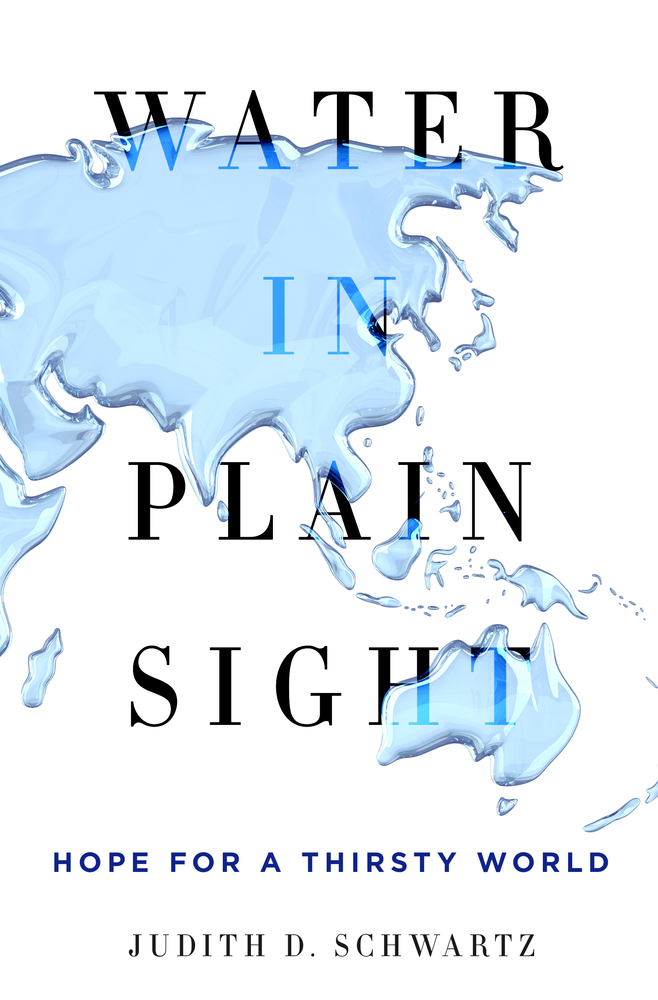In Sri Lanka's North Central province, a land of crumbling Buddhist temples and gently swaying palms, farmers have cultivated rice for millennia. Until the 1960s, they relied on oxen, not tractors, to plow their fields. But the introduction of mechanized and chemical methods has rendered such time honored techniques extinct. An island nation that once boasted nearly 3,000 ancient rice varieties now produces a handful of modern strains in fields routinely drenched with herbicides and synthetic fertilizers.
As a result, Sri Lankan rice yields have increased by 60 percent since 1979. Unfortunately, a burgeoning public health disaster has arisen alongside this “progress.” Today, a mysterious kidney disease afflicts an estimated 400,000 people in the province, representing about a third of its population.
First-world renal disorders typically accompany obesity, diabetes, or high blood pressure, all rare risk factors in rural Southeast Asia. Baffled epidemiologists refer to the illness ravaging Sri Lanka as “chronic kidney disease of unknown etiology,” or CKDu, which results in a slow, torturous death. Sufferers are unable to pass urine, so their limbs swell with toxic fluid, causing constant pain.
As a result, Sri Lankan rice yields have increased by 60 percent since 1979. Unfortunately, a burgeoning public health disaster has arisen alongside this “progress.” Today, a mysterious kidney disease afflicts an estimated 400,000 people in the province, representing about a third of its population.
First-world renal disorders typically accompany obesity, diabetes, or high blood pressure, all rare risk factors in rural Southeast Asia. Baffled epidemiologists refer to the illness ravaging Sri Lanka as “chronic kidney disease of unknown etiology,” or CKDu, which results in a slow, torturous death. Sufferers are unable to pass urine, so their limbs swell with toxic fluid, causing constant pain.






